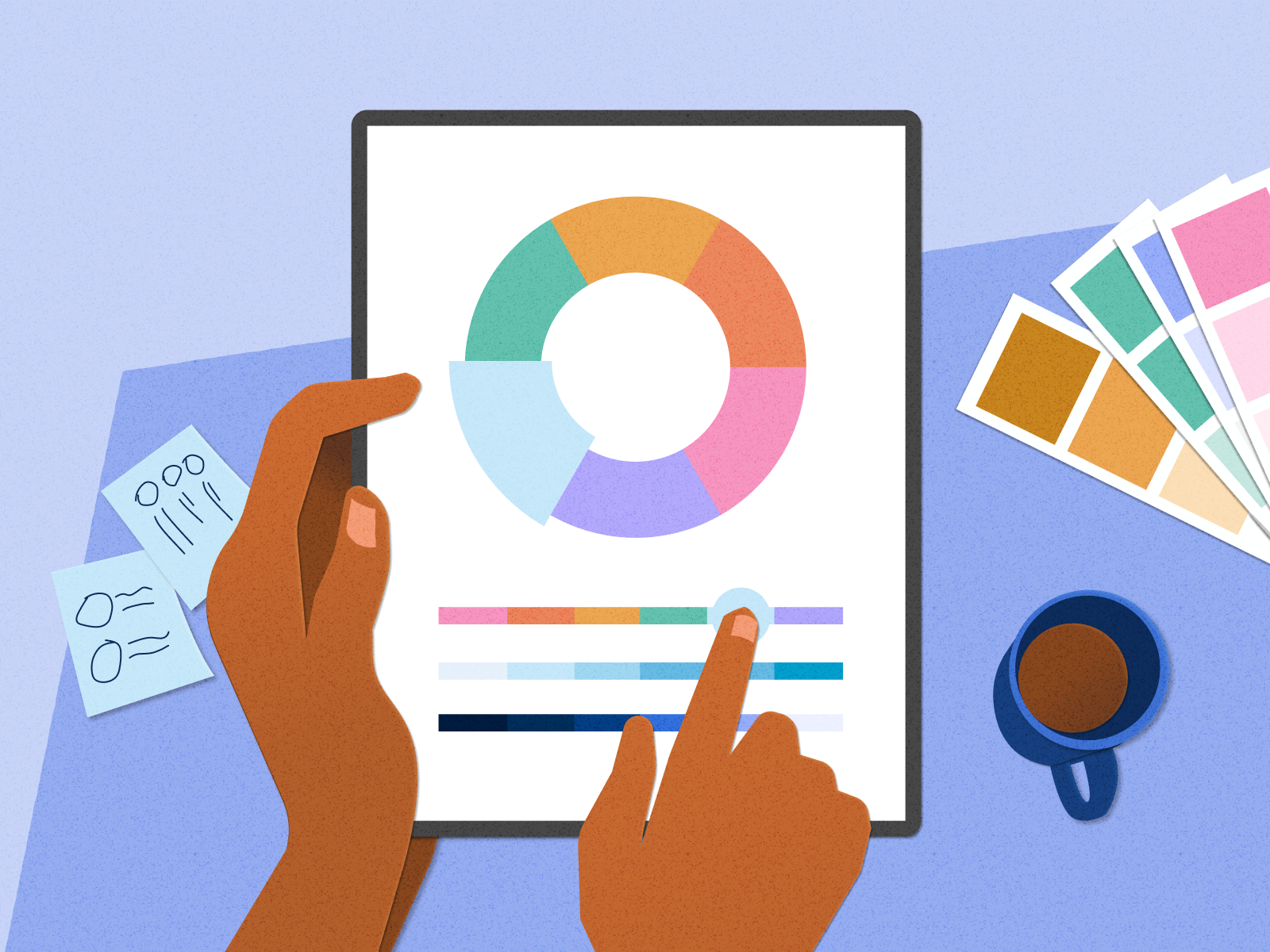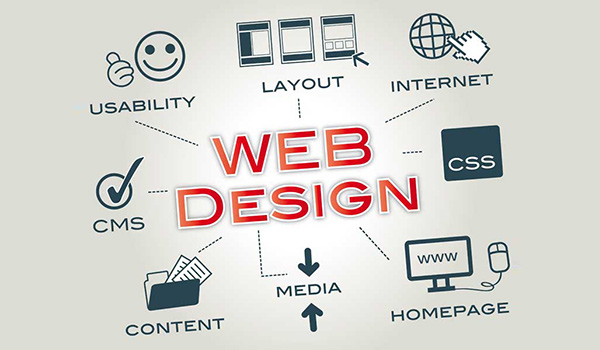Professional Aligned Position Web Design: Custom Websites Tailored to Your Business Needs
Professional Aligned Position Web Design: Custom Websites Tailored to Your Business Needs
Blog Article
The Very Best Kinds Of Website Design to Enhance Individual Experience and Engagement
In the ever-evolving landscape of electronic communication, the effectiveness of Web style significantly impacts customer experience and involvement. Different style techniques, such as minimalist, receptive, and interactive designs, each deal distinct advantages that can provide to diverse customer needs.
Minimal Website Design
As electronic landscapes become increasingly messy, minimal Web design has become an effective technique to boosting user experience. This style approach prioritizes simplicity, focusing on essential elements while eliminating unnecessary disturbances. By using ample white space, simple navigating, and a restricted shade combination, minimal style fosters quality and guides individual focus to crucial content.
The core principle of minimalist Web style is to produce a seamless interaction for customers. By decreasing cognitive load, customers can quickly realize info without really feeling bewildered. This direct strategy not just improves functionality however also motivates engagement, as site visitors are most likely to check out a website that is aesthetically attractive and very easy to navigate.
In addition, minimalist design typically emphasizes typography and images, using these components purposefully to communicate messages successfully. This concentrate on crucial parts can boost brand identification and develop a memorable user experience. Basically, minimalist website design is not just a fad; it is a thoughtful approach that acknowledges the significance of user-centered design. By removing away additional aspects, developers can produce a more appealing, effective, and pleasurable Web experience for all customers.
Receptive Web Design
In today's varied electronic environment, responsive website design has actually come to be crucial for creating a smooth individual experience throughout a wide range of gadgets. As customers accessibility sites on smartphones, desktop computers, laptop computers, and tablet computers, the capability of an internet site to adapt its format and material to various screen dimensions and resolutions is essential.
Receptive Web layout utilizes versatile grids, photos, and CSS media questions to ensure that Web material exists optimally, no matter the gadget made use of. This strategy not only improves the aesthetic appeal of an internet site but also significantly boosts use. Users are most likely to involve with a website that uses a regular experience, as it removes the frustration of needing to focus or scroll excessively.
By adopting receptive design, services can boost their visibility and reach a broader audience. In summary, receptive Web design is a basic method that enhances individual experience, engagement, and total satisfaction.
Interactive Web Design
Responsive website design prepares for enhancing individual experience, however interactive website design takes this an action further by involving individuals in a much more dynamic method - Aligned Position Web Design. By integrating elements such as animations, clickable prototypes, and real-time feedback, interactive website design mesmerizes individuals, drawing them right into a richer surfing experience
This approach not just cultivates involvement however additionally motivates individuals to check out material actively rather than passively consuming it. Methods such as gamification, where individuals earn rewards for completing tasks, can considerably enhance the time spent on a website and enhance total satisfaction. Additionally, interactive functions can simplify complicated information, making it extra absorbable and pleasurable.

Integrating interactive layout aspects can additionally bring about greater conversion prices, as users are most likely to involve with a site that actively involves them. Aligned Position Web Design. Ultimately, interactive website design transforms customer experiences into unforgettable journeys, guaranteeing that visitors return time after time
Flat Style
Defined by its minimalistic technique, flat design emphasizes simpleness and functionality, removing unnecessary elements and focusing on crucial functions. This design viewpoint focuses on functionality, ensuring that individuals can browse interfaces effortlessly and performance. By using a tidy aesthetic, level design gets rid of the mess frequently discovered in much more elaborate designs, thereby improving user concentrate on web content and functionality.
The characteristic of level design hinges on its use of strong colors, simple typography, and geometric shapes. These aspects add to a visually appealing user interface that is both contemporary and friendly. Furthermore, flat style cultivates a feeling of clearness, permitting users to recognize vital actions and details without distraction.
Additionally, level layout is specifically reliable in receptive Web design, as its simpleness translates well throughout various gadgets and display dimensions. The lack of intricate textures and gradients decreases packing times, which is vital for keeping individual interaction. As electronic landscapes continue to evolve, flat design remains a pertinent option for developing easy to use web sites that improve total experience. By concentrating on necessary features, level style not just satisfies customer requirements but additionally urges seamless interaction, making it a crucial component of efficient website design approaches.
Adaptive Web Style
Adaptive Web style tailors the user experience by producing several repaired layouts customized to different screen dimensions and gadgets. Unlike receptive style, which fluidly readjusts a single layout, flexible style utilizes distinct formats for certain breakpoints, making certain optimum discussion look at this site on different systems. This approach allows developers to focus on the special attributes of each device, improving functionality by supplying specifically what customers require based upon their context.
Among the key advantages of adaptive Web layout is its capacity to maximize load times and performance. By serving tailored content and pictures that fit the individual's gadget, websites can lessen information usage and improve loading rates. This is particularly valuable for customers with slower connections or limited data plans.

In addition, flexible style Recommended Site promotes an extra regular and regulated branding experience. Given that developers produce multiple layouts, they can make sure that the aesthetic elements straighten with the brand name's identity across different systems - Aligned Position Web Design. This causes a cohesive customer experience, boosting engagement and promoting user retention
Final Thought
In conclusion, the integration of minimalist, receptive, and interactive Web layout principles substantially boosts individual experience and engagement. Minimalist style fosters clarity and focus, while receptive style makes certain versatility across numerous gadgets, promoting availability. Interactive design astounds individuals via dynamic aspects, urging expedition and customization. Collectively, these style approaches add to the creation of straightforward atmospheres that not only improve satisfaction however also drive greater conversion prices, highlighting their critical relevance in contemporary Web layout strategies.

Minimal style cultivates clarity and focus, while responsive style ensures flexibility across numerous devices, advertising availability. Jointly, these style comes close to add to the development of easy to use settings that not only boost contentment but additionally drive greater conversion prices, underscoring their essential significance in modern Web layout techniques.
Report this page